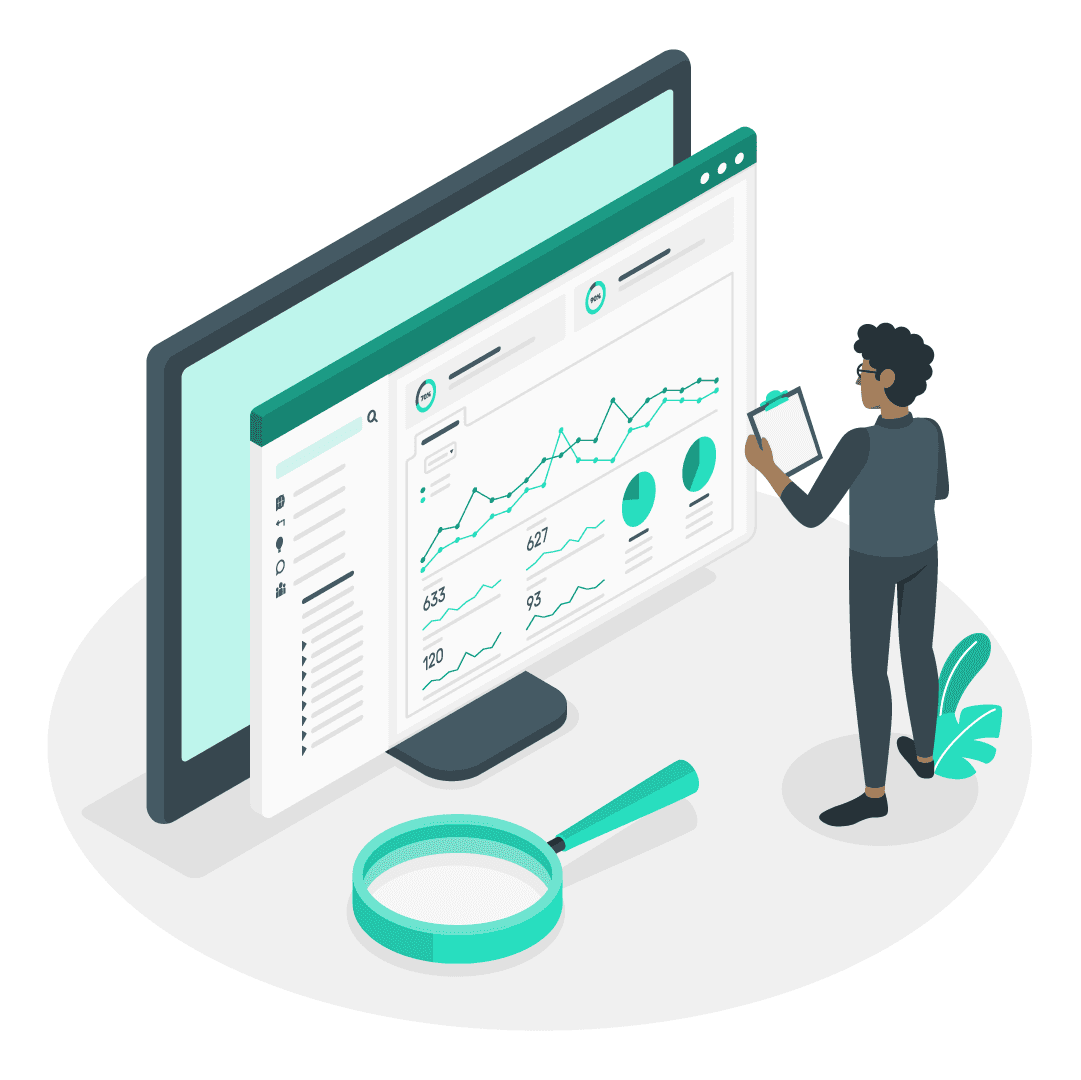Four (more) metrics to drive site engagement and revenue

Driving site engagement can be a challenge for many brands. You will need to track site engagement over a series of metrics to determine the health of your website. However, too many metrics can bog down your view into performance and too few metrics won’t provide the full picture.
We previously wrote an article on three basic metrics that drive site engagement and revenue. The metrics included conversion rate, average order value, and total unique visitors, and are a great jumping off point for any new website team. These KPIs give insight into how many people are coming to your site at the top of the funnel, how many people are converting, and how valuable each customer is. But there’s more that can be uncovered.
For teams who are more advanced in their site engagement strategies and analyses, look to these four metrics that shine further light on your site’s health. The metrics below will gather insights into not only how many customers are coming and converting, but also why they’re staying and why they’re leaving.
1. Pageviews
Once you’ve tracked how many unique visitors you’re attracting to your site, you need to find out what’s bringing them there. Pageviews can be a great metric for more mature teams to follow because it will show the most popular pages on a site. This will provide insight not just into how many engaged customers you have, but what they’re engaging with.
Knowing the most and least popular pages on your site can help determine how to promote them. If you have a hero product, you could decide to promote less popular products on social media in order to attract existing customers to increase your average customer value. You could also promote the most popular pages to find new customers. If you find that certain areas of your site are unpopular, you could analyze your site’s journey and adapt it to make other parts of the site more accessible.
2. Average Session Duration
Another variable in the customer engagement KPI is the amount of time each customer is spending on your page. If customers are browsing for five seconds, they’ll still register as a unique visitor just like a customer who visits for fifteen minutes and purchases. Knowing how often the average customer is spending on your website can offer insight into how engaged the average customer is.
In general, the more engaged customers are, the more time they’ll spend on your site. To increase the amount of time on your site, be sure that your web content and ease of navigation are up to snuff. Without these things, customers will lose interest or patience with your site quickly and bounce.
3. Bounce Rate
Speaking of bounce rate, this can also help more mature website teams understand your site’s health. The bounce rate is the percentage of visitors that exit your site after viewing only one page. Bounce rate can provide insight into your digital ads, messaging, and your content quality. If the digital ads that bring customers to your site are leading to a high bounce rate, that could mean that your ads’ CTAs aren’t clear. Another reason may be that your messaging is misleading, causing consumers to leave your site after their initial click. And finally, if your content leaves customers bored or disengaged, they’re bound to leave your site.
4. Top Exit Pages
Engaged customers that aren’t converting could provide valuable insights too. Analyzing which pages are the most common ones accessed before consumers leave can offer insight into why they abandon. For example, if a common exit page is the shopping cart (with no conversion), it could signify something standing in the way like shipping fees and delays, incorrect pricing, or even an issue with the “order” button itself. By realizing this is where most customers abandon your site, you can keep customers engaged longer through a few tweaks here and there.
Get started today
With the four above engagement metrics, teams growing in their website measurement maturity can begin to understand more than just how many people come to your site and how many convert. You can start seeing how many customers are engaged, the reasons they’re engaged, and any points of friction in the customer experience. Through these insights, you can develop a strategy that leads more customers towards engagement, and thus, conversion.
Want to learn more about optimizing your website for sales? Reach out to our team today.
 Senior Campaign Strategist
Senior Campaign StrategistAllison Cook
At Acoustic, Allison is responsible for crafting and executing a global campaign strategy to fellow marketers. As an experienced digital marketer, Allison has strategized and executed brand and demand marketing campaigns in the tech space targeting B2C and B2B audiences for nearly a decade.